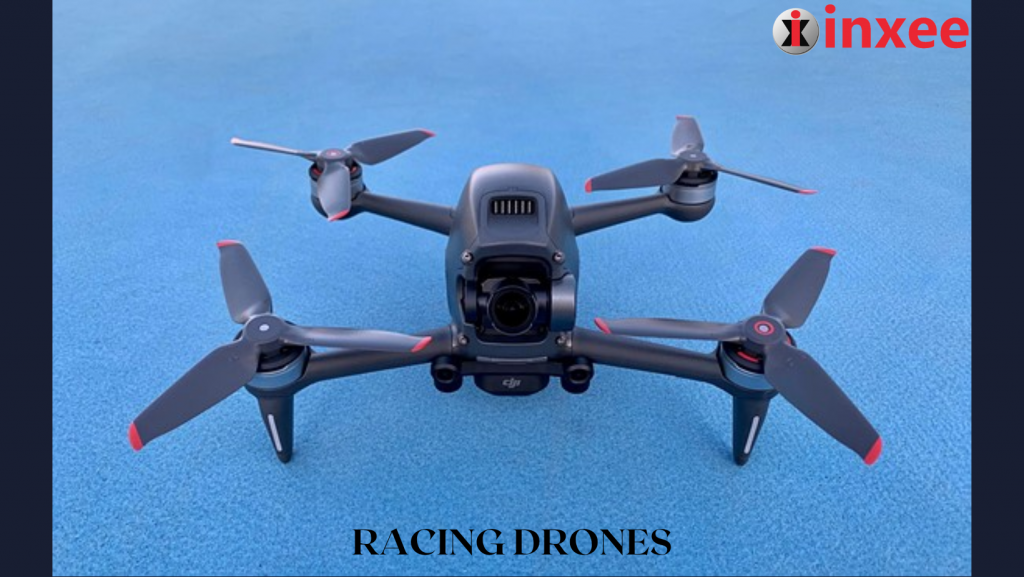Racing Drones

Racing drones have taken the world by storm in recent years, capturing the imagination of enthusiasts and casual observers alike. These small, agile aircraft are capable of reaching incredible speeds and performing gravity-defying maneuvers, making them a thrilling spectacle to behold.
History of Racing Drones:
The first racing drone competition took place in 2014, but the technology that made it possible dates back to the early 2000s. It was during this time that remote-controlled aircraft technology advanced to the point where it became feasible to build drones that could fly at high speeds and maneuver in complex ways.
The first racing drones were simple, hand-built machines that used off-the-shelf components, including motors, speed controllers, and flight controllers. As the sport grew in popularity, manufacturers began producing dedicated racing drone frames, motors, and other components designed specifically for this purpose. Today, racing drones are high-tech machines that can reach speeds of up to 100 mph and can perform incredible aerial acrobatics.
Technology behind Racing Drones:
Racing drones are built for speed and manoeuvrability, with a focus on minimizing weight and maximizing power. They are typically small, lightweight machines with four propellers that allow them to hover in place, fly in any direction, and perform flips and rolls in mid-air.
The core of any racing drone is the flight controller, which acts as the drone’s brain. It processes data from various sensors, including accelerometers, gyroscopes, and magnetometers, to determine the drone’s orientation and control its flight. Racing drones are equipped with high-performance flight controllers that can make precise adjustments to the drone’s motors, allowing it to fly at high speeds and respond quickly to the pilot’s commands.
Racing drones are powered by lithium polymer (LiPo) batteries, which provide the high discharge rates needed to achieve maximum speed and manoeuvrability. They are also equipped with high-performance brushless motors that provide the power needed to propel the drone through the air.
Culture of Racing Drones:
The culture surrounding racing drones is a vibrant and growing community of enthusiasts, pilots, and builders who share a passion for these amazing machines. There are countless online communities, forums, and social media groups dedicated to the sport, where pilots can share tips, techniques, and ideas.
Racing drone events are held all over the world, ranging from small, local competitions to large, international events that draw thousands of spectators. These events often include freestyle competitions, where pilots showcase their aerial acrobatics, as well as head-to-head races, where pilots compete to be the fastest and most skilled.
The Future of Racing Drones:
The future of racing drones is bright, with new advancements in technology and increasing interest from the public. As the sport grows, we can expect to see new types of competitions, more advanced drones, and an ever-growing community of pilots and enthusiasts.
One exciting development in the world of racing drones is the integration of virtual reality (VR) technology. Pilots can now use VR headsets to fly their drones in a completely immersive environment, giving them a more realistic and exciting experience.
Another exciting development is the use of artificial intelligence (AI) to control racing drones. AI technology can make split-second decisions and adjustments that human pilots may not be able to make, resulting in faster, more precise flights.
Racing drones are an exciting and rapidly growing sport that is sure to capture the attention of anyone who loves high-speed action and aerial acrobatics. As the technology continues to advance, we can expect to see more incredible feats of agility and speed from these amazing machines. Whether you’re a seasoned pilot or a curious observer, the world.









Leave a Reply